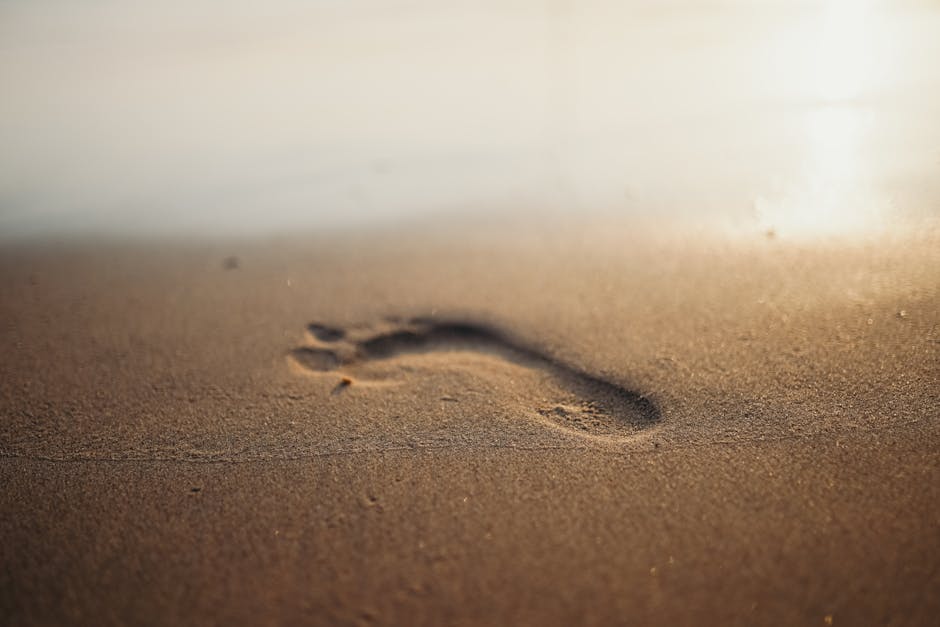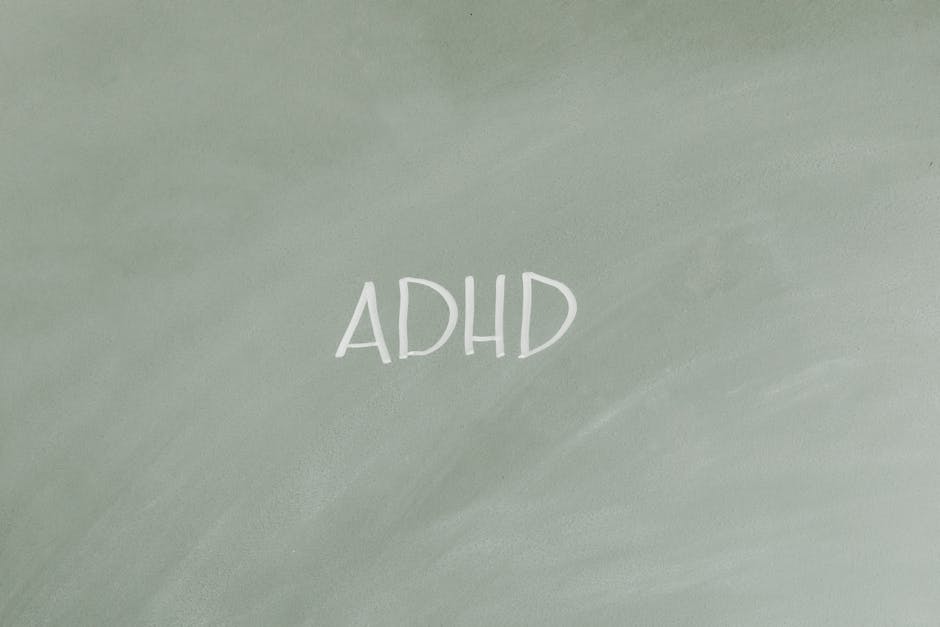Movement Meditation: Merge Mindfulness with Fitness for Daily Balance
In a fast-paced world where stress consumes our everyday lives, the idea of harmonizing our physical and mental well-being through movement meditation is not only appealing—it’s transformative. Imagine integrating mindfulness into your daily workout, feeling each movement connect your body and mind. This approach not only enhances your fitness but also enriches your overall life experience. So, how can you embark on this journey of movement meditation to intertwine mindfulness and physical fitness?
The Essence of Movement Meditation
Movement meditation serves as a bridge between the mental aspects of mindfulness and the physical practice of fitness. Unlike traditional meditation, which often emphasizes stillness, movement meditation embraces fluidity, allowing you to engage in physical activities that encourage presence. Activities like yoga, tai chi, and dance become more than just workouts—they become meditative experiences where attention and breath guide your movements.
For instance, consider yoga. Often touted for its myriad health benefits, it invites you to surrender to the flow of your body as you progress through various poses. With each inhale and exhale, you ground yourself in the present moment, fostering a connection with your body that goes beyond simple exercise. It's a subtle reminder that every action can be an opportunity for mindfulness.
Internal Link: For those eager to delve deeper, check out our article on mindful movement through yoga to maximize your fitness journey.
Why Combine Mindfulness with Movement?
1. Stress Reduction
At its core, movement meditation is an antidote to stress. Engaging in mindful movement reduces cortisol levels and promotes feelings of calm, enabling you to face daily challenges with a centered mindset. According to a study by Harvard Health, regular physical activity, combined with mindfulness, can significantly reduce anxiety, leading to improved overall mental health.
2. Enhanced Focus and Concentration
Combining mindfulness with physical activity cultivates sustained attention. Each pose or movement demands your complete focus, prompting you to forget distractions. This capability further enhances mental clarity, which can be beneficial in both personal and professional aspects of your life.
3. Increased Emotional Resilience
As you embark on this journey, you'll find that movement meditation equips you to handle emotional fluctuations more adeptly. When you practice regularly, you learn to observe your thoughts and reactions without judgment, allowing for greater emotional stability during stressful situations.
External Link: For more insights on this topic, explore the benefits of mindfulness and how it connects with stress management on a platform like Moz.
Practical Application: How to Incorporate Movement Meditation into Daily Life

Transitioning into a movement meditation practice can be seamless and invigorating. Here are some practical steps to consider as you embark on this transformative journey.
Step 1: Start Slow with Breathing Techniques

Before jumping into physical movements, cultivating a mindful awareness of your breath is essential. Spend a few minutes sitting comfortably, eyes closed, focusing solely on your breath. Feel the rise and fall of your chest and the rhythm of your inhalations and exhalations. This foundational practice will help you anchor your thoughts and facilitate a more profound connection during movement.
Step 2: Choose Your Practice

Next, identify which movement resonates with you most. Whether it’s yoga, tai chi, or even walking, find an activity that speaks to you. If you enjoy structure, yoga sessions that incorporate slow, deliberate movements can offer a balanced mix of physical exertion and meditation. For a more spontaneous experience, – perhaps try dance as a free-form movement meditation, allowing your body to flow to the music.
Step 3: Create a Mindful Environment

Set the stage for your movement meditation practice. Select a quiet space free from distractions, where you can dedicate time to yourself. Dim the lights, play soft music, or even record nature sounds to elevate your experience. Being in the right environment enhances your ability to focus and plunge into your practice.
Step 4: Combine Movement with Mindfulness

As you begin your movement practice, focus on synchronizing your breath with each action. For example, in yoga, inhale as you reach upward, and exhale as you bend forward. Pay attention to how your body feels as you move. Each stretch and contraction ought to be approached with acceptance and curiosity, fostering a dialogue between your mind and body.
Internal Link: If you want to explore how to harness unique strategies for your workout, read about using everyday objects as workout tools.
Benefits Personal to You: Tailoring Movement Meditation to Individual Preferences

Understanding that movement meditation is a flexible practice is crucial. Here are personalized angles to consider:
1. Integrating Nature

Try outdoor movement meditation sessions amid nature, infusing your practice with fresh air and natural beauty. The gentle cadence of leaves rustling or waves lapping can amplify your mindful experience, allowing a deeper connection with your surroundings.
External Link: Research on the benefits of outdoor workouts can be found in the article from Harvard Business Review which emphasizes social connection and well-being.
2. Use of Technology

Modern technology offers fascinating opportunities. Virtual reality platforms are emerging with immersive movement meditation experiences, allowing you to practice in serene environments while still at home. Engaging with technology creatively can redefine your practice, making it accessible and interactive.
3. Community Connection

Check out local classes or workshops centered around mindful movement. Engaging with a community not only motivates you but creates accountability that encourages consistency. Experiencing group energy can foster a sense of belonging and shared purpose.
The Science Behind Movement Meditation

Scientific studies underscore the significance of integrating mindfulness into physical fitness routines. Research indicates that mindful exercises enhance motor control, coordination, and flexibility. Furthermore, ongoing engagement in movement meditation promotes neural pathways responsible for focus, empathy, and emotional regulation.
The Mental and Physical Connection

Research shows that activities which encourage a mind-body connection, such as eco-friendly workouts that prioritize sustainability alongside fitness, might promote healthier habits overall. Your movements in nature not only enhance physical fitness but empower mental well-being, making them extraordinarily effective.
Internal Link: Explore our post on the gamification of fitness and discover how you can motivate your journey through an engaging format.
Final Thoughts: Embracing a Lifestyle of Movement Meditation
The journey of integrating movement meditation goes beyond a method to stay fit; it blooms into a holistic lifestyle that fosters mental clarity, emotional resilience, and physical health. By nurturing this practice, you're not just investing time into workouts—you're embracing a pathway that harmonizes the mind and body, creating a transformative union that resonates deeply in your everyday life.
As you begin this journey, remember to be patient and kind to yourself; it’s a learning experience. Each movement provides an opportunity to embrace the present, and every session allows you to cultivate a richer, more meaningful connection with your body.
So lace up your shoes, roll out your mat, or simply take a mindful stroll. Your movement meditation journey awaits.








